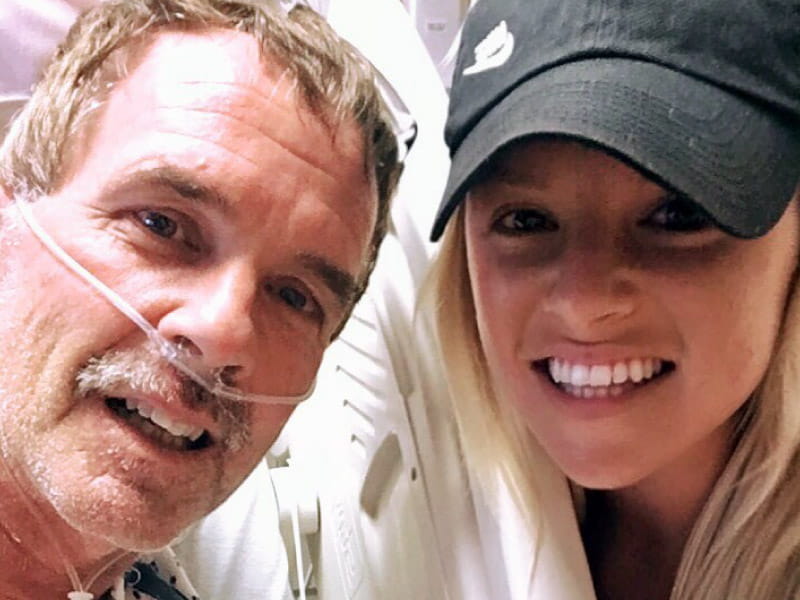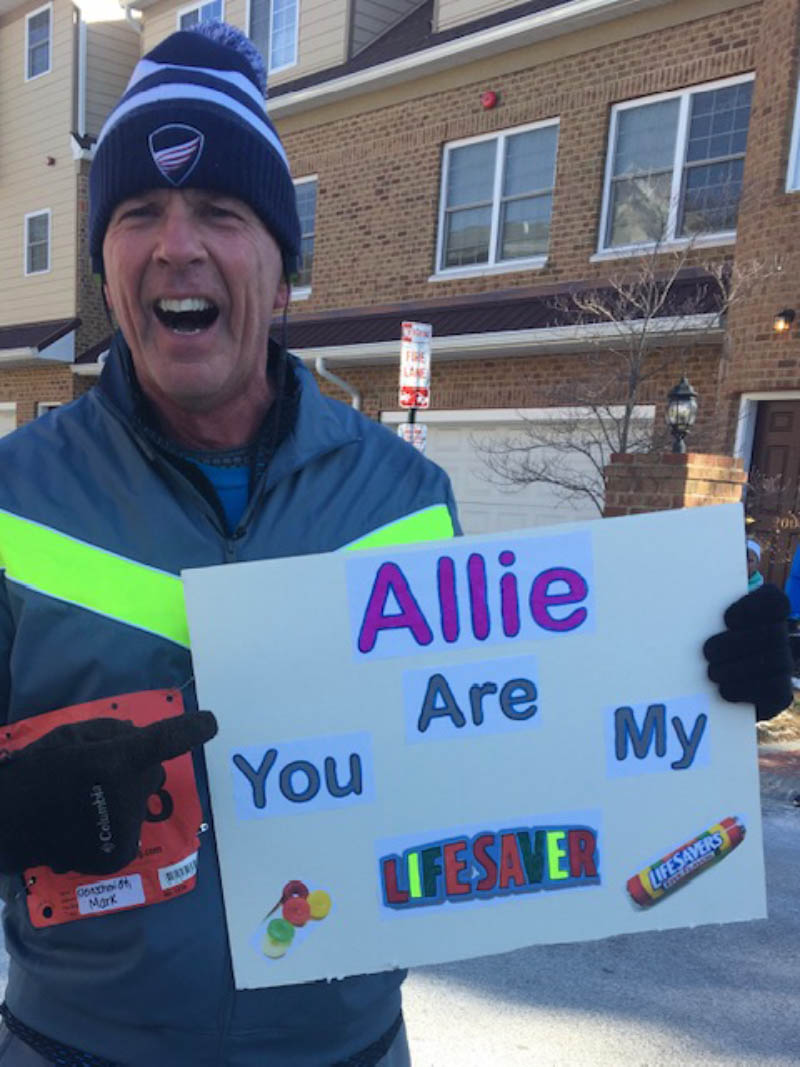His heart stopped after a run. His daughter, a nurse, helped restart it.
By Lindsey Giardino, American Heart Association News

Home from a 5-mile run one August day, Mark Kleinschmidt couldn't stop sweating. He blamed it on the heat. Then his chest felt tight.
He sat on his bed for a few minutes. Once the pain subsided, he headed for the shower.
The tightness returned while he was showering. He got out, only to drop to the bathroom floor. Somehow, he managed to get dressed. He even put socks on.
Kleinschmidt crawled down the hallway of his Delaware home to his daughter's room. Allison Kleinschmidt, a nurse, happened to be visiting.
"Dad, knock it off," she said. "You're not funny."
"I'm not kidding," Mark gasped. "I think I'm having a heart attack."
Allison dialed 911 and gave her father aspirin. Then Mark collapsed. Allison started CPR.
For 20 minutes, she kept compressions going. As a neonatal intensive care nurse, Allison was used to caring for tiny, premature babies. Performing CPR in the NICU was quite different from doing so on an adult, especially when that adult was her own father.
Paramedics took over the rescue attempt. They used an automated external defibrillator, or AED, to try shocking his heart into a sustainable rhythm. It took seven tries. He was shocked again in the ambulance and at the hospital.
Mark went into cardiac arrest because he was having a severe heart attack. His left anterior descending artery – which supplies blood to the heart – was 99% blocked. It's an often fatal cardiac event.
Mark was placed in a medically induced coma. He spent a month in the hospital, dealing with complications that included fluid in his lungs. Some nights, when he had trouble sleeping, he'd walk the stairs – even at 3:30 a.m. – to push his recovery.
"I told myself, never give up," he said. "You always have to be moving forward."
When he started cardiac rehabilitation, Mark was handed a walker and fitted with a big orange safety belt. He called it "the belt of humiliation."
"I used to run," he thought. "And now I need this belt to keep me from falling?"
Mark set the goal of running again. Four months later – on a freezing New Year's Day in 2018 – he ran a 5K.
"My doctors, PTs and OTs were skeptical," he said. "But I did it."
He kept at it, too. He ran the Disney Princess Half Marathon at Disney World with his daughters, Allison and Anna. He finished what was then known as the Caesar Rodney Half Marathon, a local favorite in Wilmington.
Mark's ordeal could have played out differently. His life was saved, however, because his daughter knew what to do when it mattered most.

He began hosting CPR training events, urging friends and colleagues to learn the lifesaving technique. After one of those events, a friend went to the doctor and discovered he, too, had a serious blockage.
"If you can learn CPR and have the tools to help save someone's life, why wouldn't you take the time to learn?" Allison said. "Something so simple can result in something so amazing – like saving a life. In this case, it just happened to be my dad."
Today, Mark's email signature reads "Moving Forward." His phone screensaver is a photo of the hospital wristband he wore during his recovery. They're reminders of where he's been and how far he has come.
When asked why he runs, Mark once wrote: "I'm not running to be better than anyone else. I'm running to be better than I was."
Stories From the Heart chronicles the inspiring journeys of heart disease and stroke survivors, caregivers and advocates.





